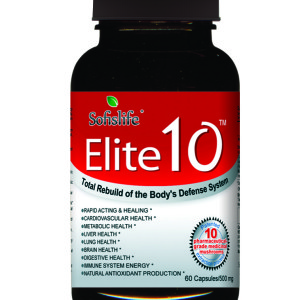Measuring your “Quality of Life”
Quality of life (QOL) is a broad concept of how one defines both positive and negative aspects of life. What makes it challenging to measure is that everyone can define it differently. Although health is one of the important domains of overall quality of life, there are other domains as well—for instance, jobs, housing, schools, the neighborhood.
What is your Quality of Life?
Health-related quality of life (HRQoL) concept goes beyond direct measures of population health, life expectancy and causes of death, and focuses on the impact health status has on quality of life. A related concept of HRQoL is well-being, which assesses the positive aspects of a person’s life, such as positive emotions and life satisfaction.
World Health Organization (WHO) defines Health as follows:
“Health is a state of complete physical, mental, and social well-being, and not merely the absence of disease or infirmity.”
Clinicians and public health officials have used HRQoL and well-being to measure the effects of chronic illness, treatments, and short- and long-term disabilities.
How are you supposed to measure your Health-related Quality of Life?
Find out how your Health-related Quality of Life is compared to others. The SF-36v2 Health Survey is a short 36-question survey designed to measure your overall health. It is a practical, reliable, and valid measure of physical and mental health that can be completed in five to ten minutes.
It’s called a generic health survey because it can be used across age (18 and older), disease, and treatment group, as opposed to a disease-specific health survey which focuses on a particular condition or disease. The survey is meaningful to patients, clinicians, researchers, and administrators across the health care spectrum, and has various applications.
Test your HRQoL now and see how it’s compared to others:






